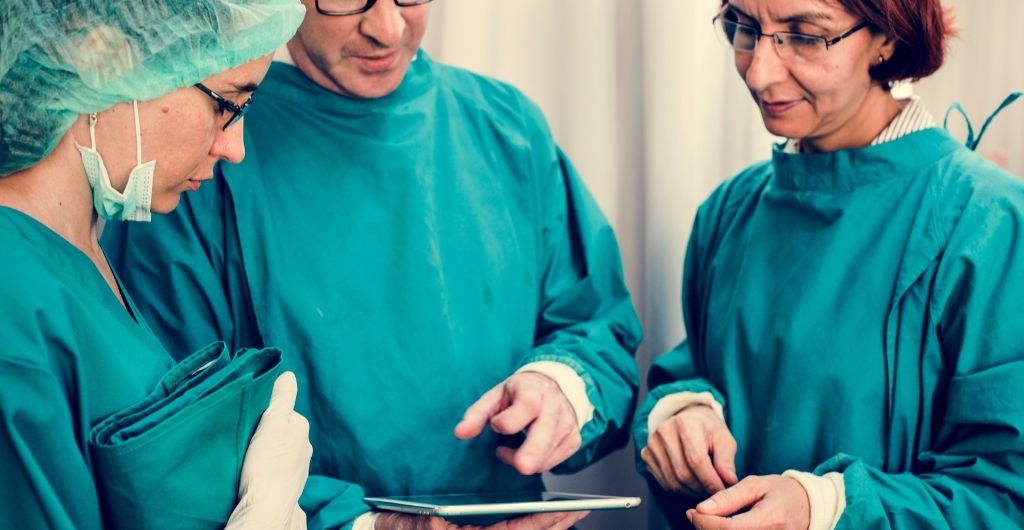
The pressure that health services globally are under is well documented; over the last months, COVID-19 has brought acute hospitals and frontline staff to their knees, while many community clinics and GP surgeries have had to reinvent their clinical pathways to ensure patients can access vitally important services.
However, with the winter months upon us, bringing a second wave of COVID-19 and the likelihood of a difficult flu season, primary and community care will face an increased workload – both as a result of increased demand and as health services try to keep patients out of the acute hospitals.
However, as Tom Downes, CEO, Quail Digital comments, this strain can be alleviated – at least in part – with digital technology playing a role in helping to manage access, demand and communication between multi-disciplinary and administrative teams.
Increased throughput
Latest research from the Royal College of GPs indicates that routine GP appointments are back to near-normal levels for this time of year, after decreasing at the height of the pandemic, with NHS Digital estimating that half of the 102 million appointments from March to July were by video or phone call.
As primary care now faces the two-fold challenge of dealing with patients who may not have presented during lockdown – such as potential cancer patients or those needing medication reviews – combined with an increase in demand for seasonal flu vaccinations and / or an increased number of patients presenting with seasonal coughs and colds, how can GPs and community clinics manage the increased throughput, while still considering infection control and limiting footfall in line with current guidance?
Digital communication is one way in which patient flow can be optimised. Digital, wireless headsets can provide real-time communication between healthcare professionals, multi-disciplinary teams – such as onsite pharmacies and specialist nurses – and administrative staff to ensure that patients spend as little time in waiting rooms and flow through the clinic faster.
Staff & patient safety
This technology can also help to minimise the number of physical touchpoints between HCPs and patients. Replacing phones with hands-free headsets, for example, reduces the amount of contact and can help to stop the spread of germs, while also aiding clarity of communication – vital within a clinical consultation – while wearing PPE.
Real-time digital communication can also help ensure all staff can adopt preventative measures and that, if an at-risk patient presents, immediate action can be taken to help keep others safe. Particularly within a multi-site surgery or clinic, enabling clear and safe communication between the designated ‘clean’ and ‘contaminated’ staff during procedures on patients and / or limiting the number of places patients have to visit, can minimise risk to staff and other patients alike.
Relieving strain
GP surgeries and community clinics have been under well-documented strain in recent years. Some GPs say 2018 represented a low point for the profession, with many left unable to tackle the growing workforce and financial challenges they faced. However, COVID-19 poses new threats, to both workload, resource, and the strain of working tirelessly to maintain services – while dealing with staff and patients who may be highly anxious about their physical environment.
Having immediate and constant access to staff members through digital communications can help provide a sense of community and an emotional safety-net during these challenging times.
Conclusion
With health services and patients under strain, every small thing that health care organisations can do to help provide continuity of service while mitigating risk and alleviating stress, is a valuable action to take. Wireless, hands-free digital headsets can help clarity and continuity of communication to ensure staff and patient safety, as well as calm and serene environments for the overall betterment of health care.












